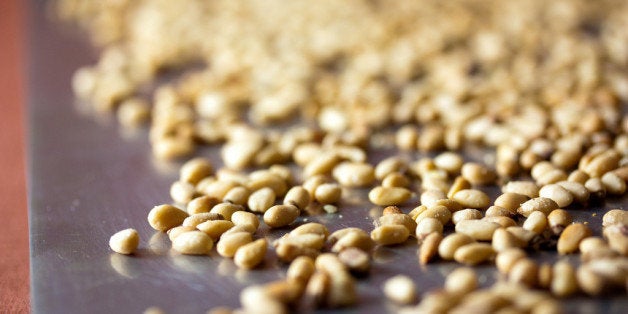
Pine nuts are the fanciest of all the nuts. They're smaller, cuter and have a sweet, subtle flavor. They also happen to cost a small fortune. But we buy them anyway because pine nuts make it worth it when we add them to our cooking -- just think of all that summer pesto.
We never put much thought into pine nuts, except to be sure to keep them in stock when we had bunches of summer basil to work with. But just recently we were informed by a colleague as to where pine nuts came from -- an adorable origin it turns out -- and we realized we do not know enough about our favorite small nut.
Advertisement
We fixed that. And here's what we learned:
1
Pine nuts come from pine cones.
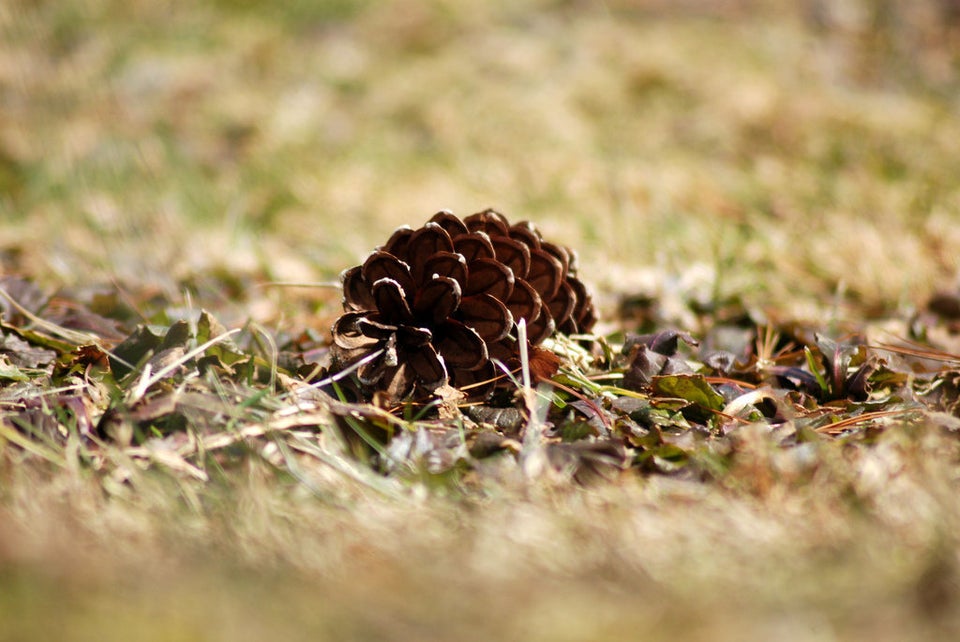
Flickr: BobMacInnes
Once you read that sentence, it seems obvious. But we'll gladly admit that we had never put the two together until recently. But knowing this fact makes us love pine nuts even more. Read on to find exactly how they're formed.
2
Some pine nuts take three years to mature.
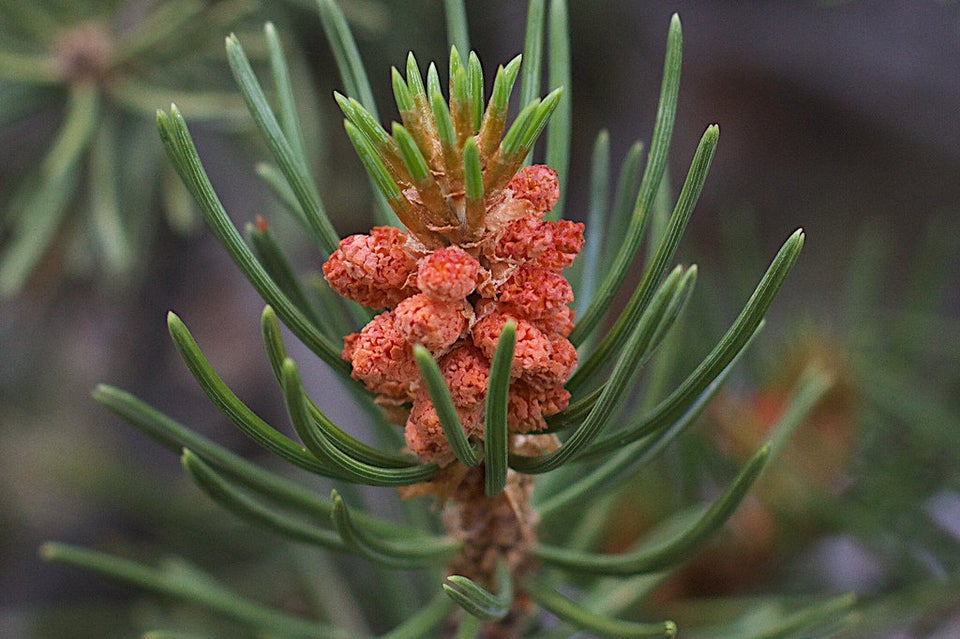
Flickr: cogdogblog
Most pine nuts take roughly 18 months, but some can take up to three years. They bud in the beginning of spring and grow until the end of summer. The cones become dormant during fall and winter and reach maturity come the following spring/summer season.
3
Pine nuts are very difficult to harvest.
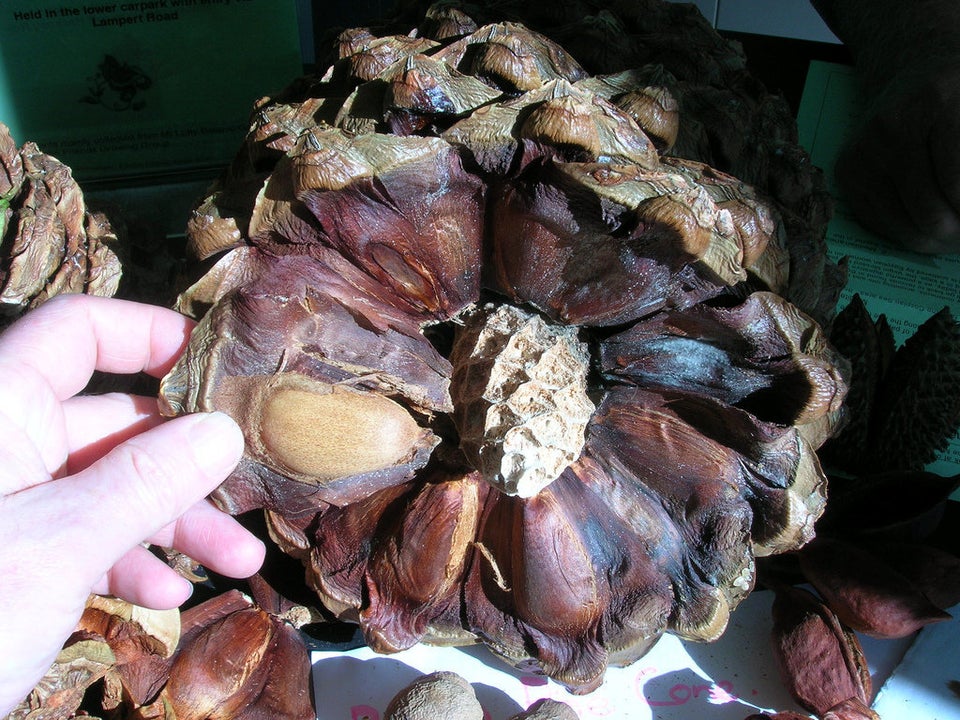
Flickr: brewbooks
Pine nuts are ready to harvest about 10 days before the green cone begins to open. The cones are dried in a burlap bag in the sun for 20 days, to speed up the process of drying and opening. The cones are then smashed (as a way to quickly release the seeds) and the seeds are separated by hand from the cone fragments. The fact that it takes a lot of time and patience is an understatement -- and justifies the high price of pine nuts.
Advertisement
4
The pine cone is only the pine nuts' first shell.
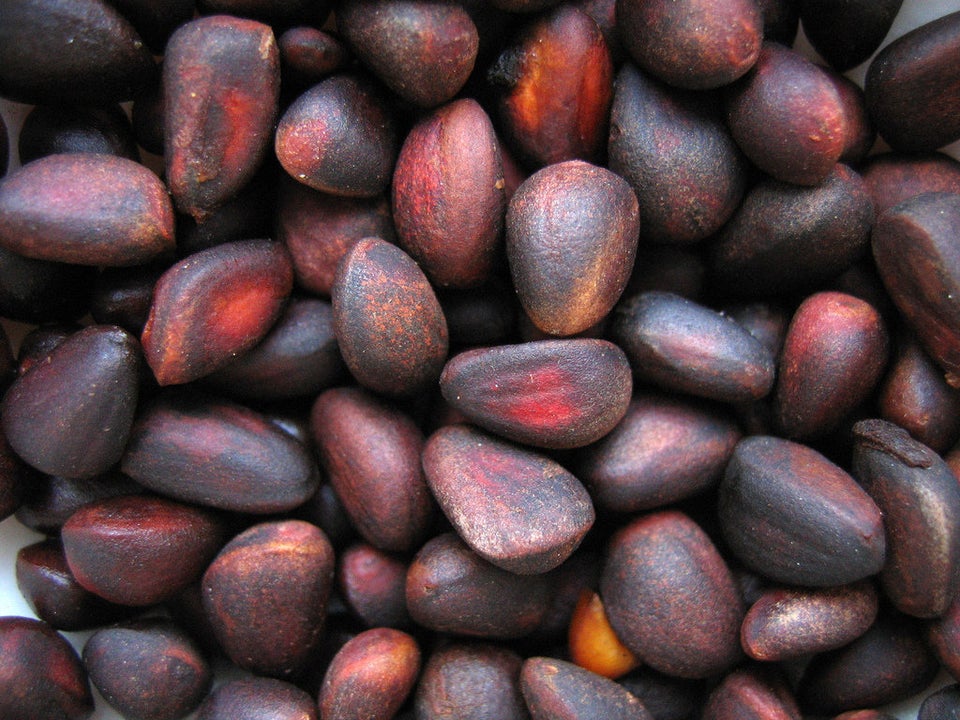
Flickr: Zwedlana
Pine nuts have a second shell, which also has to be removed before eating. (Are you beginning to finally forgive the high price?) The shell varies from very thick and challenging to remove to thinner and therefore easier to handle.
5
But pine nuts taste so good, so we deal with it.
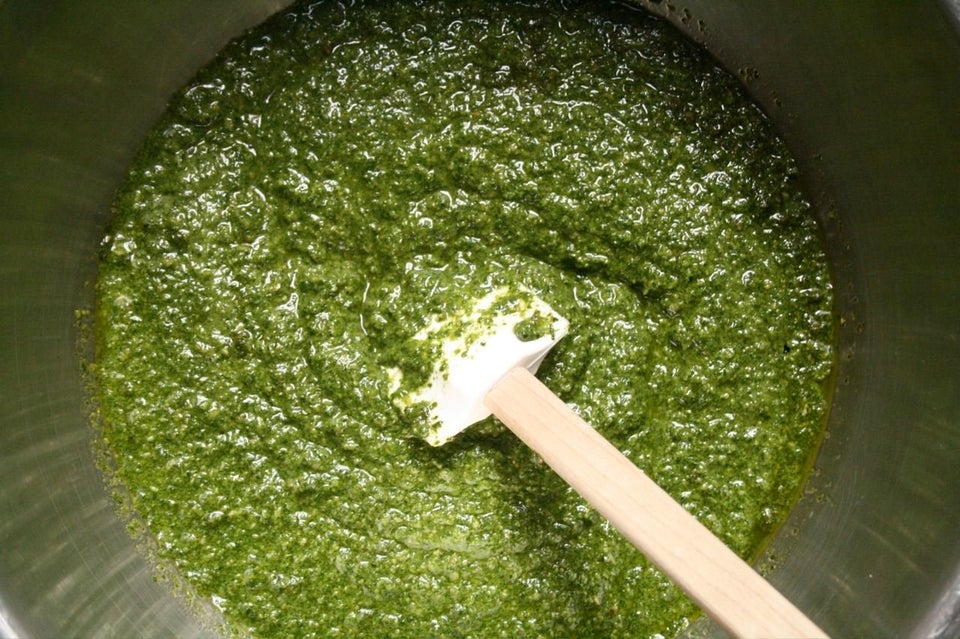
Flickr: thebittenword.com
They make pestos possible. They're awesome toasted on top of pastas. They even give cookies an edge. Thank you pine nuts.
6
Pine nuts prefer the Northern Hemisphere.

Flickr: Serge Melki
While all pine trees will produce a pine nut, there are only about 18 species that produce nuts large enough to be of value as human food. These trees are found in Asia, Europe and North America.
Advertisement
7
Pine nut mouth is real.
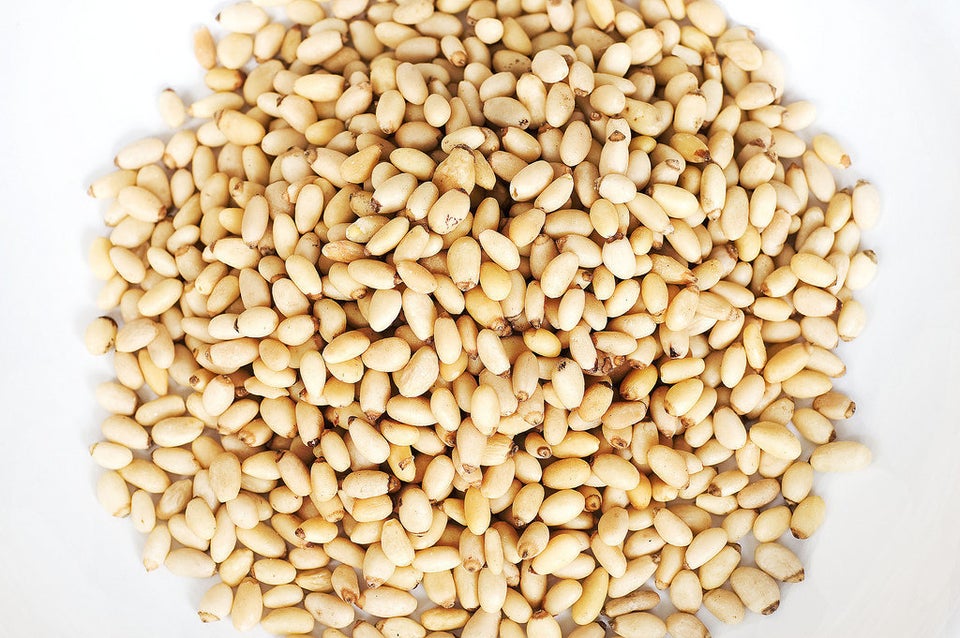
Flickr: StuartWebster
Pine nuts can cause taste disturbance. It's known as pine nut mouth or pine nut syndrome. It causes everything you eat to have a bitter, metallic taste. Luckily it's not permanent -- it only lasts a couple of days. It's hypothesized that the particular species of pine responsible for this is the Pinus armandii in China.
8
Pine nut allergies are real too.
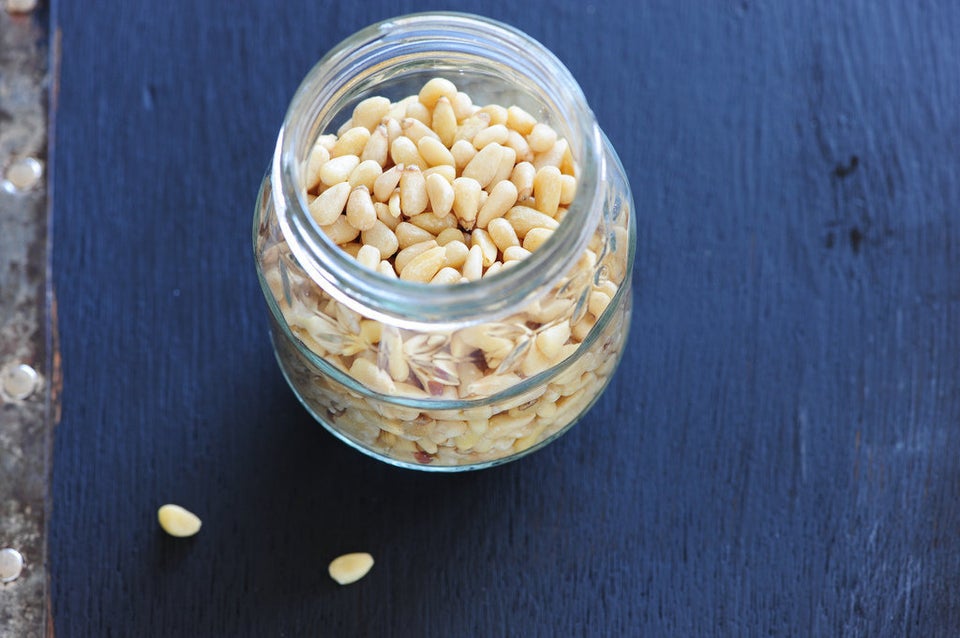
Flickr: jules:stonesoup
But a whole lot less common.
9
Not all pine nuts are created equal.
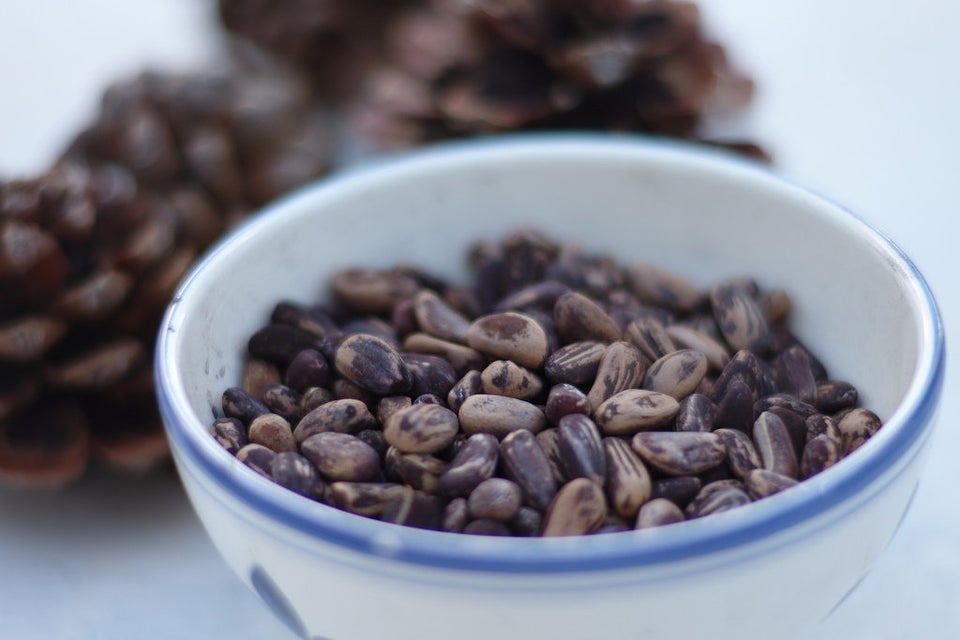
Flickr: the cardinal de la ville
The European variety are long and slender. Those from Asia are shorter and stubbier. The American pinyon nuts are larger and easier to shell.
Advertisement
10
People have been eating pine nuts since the Paleolithic period.
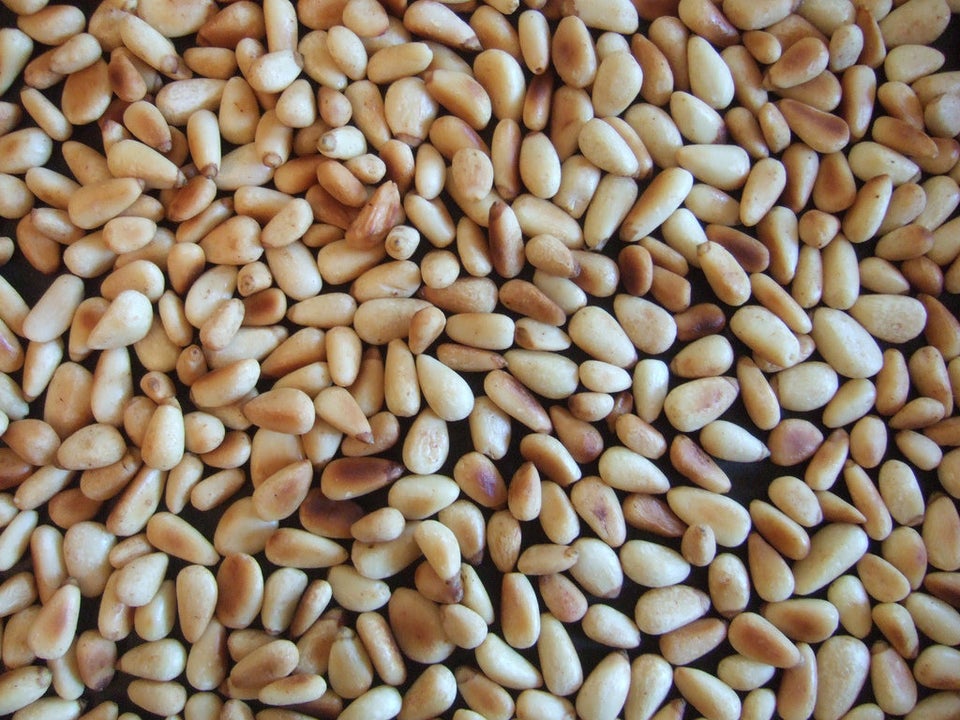
Flickr: wetwebwork
Roman soldiers took them as campaign food when they raided Britain over 2000 years ago. And Greek authors mentioned pine nut trees as food producers as early as 300 BC.
11
Pine nuts are good for you, so eat up.
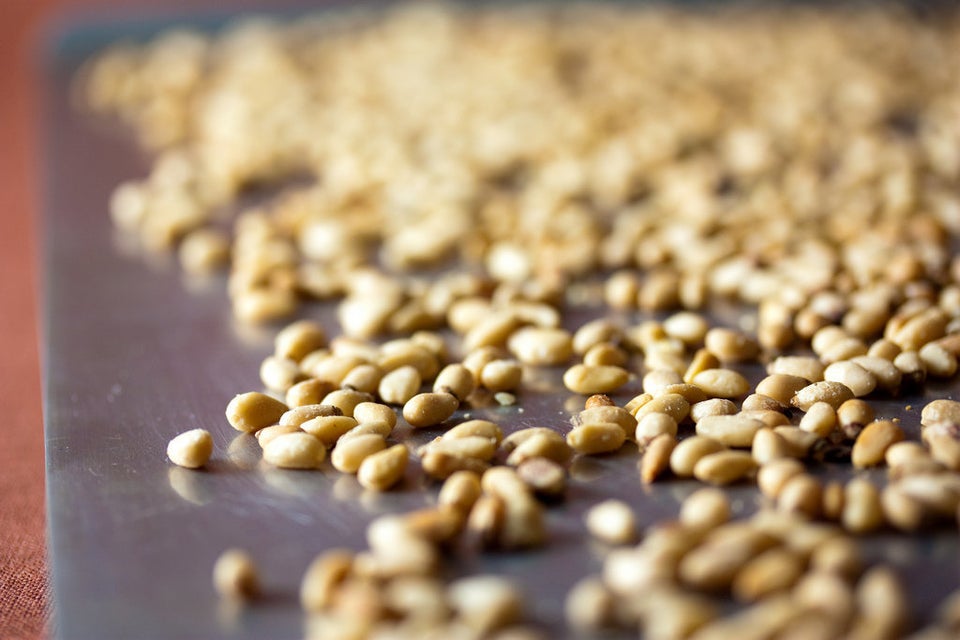
Flickr: veganbaking.net
They are rich in the same healthy fats that other nuts contain and are full of antioxidants.